The Complete Guide to Jewelry Stone Shapes
Jewelry stone shapes play a crucial role in the overall design and aesthetic of a piece. The shape of a stone can enhance its brilliance, create unique visual effects, and even influence the perceived value of the jewelry. In this comprehensive guide, we will explore the importance of stone shapes in jewelry, discuss common stone shapes, provide tips for choosing the right stone shape for your jewelry, and examine the impact of stone shapes on jewelry design.
Key Takeaways
- Stone shapes greatly impact the overall design and aesthetic of jewelry.
- Common stone shapes include round brilliant cut, princess cut, emerald cut, and oval cut.
- When choosing a stone shape, consider the style of the jewelry and the wearer's preferences.
- Stone shapes can create unique visual effects, such as elongating the fingers or creating a vintage look.
- The choice of stone shape can affect the perceived value and rarity of the jewelry.
Understanding Jewelry Stone Shapes
The Importance of Stone Shapes in Jewelry
The shape of a stone plays a crucial role in the overall appearance and design of jewelry. It determines how light interacts with the stone, affecting its brilliance and sparkle. Different stone shapes can also create different visual effects, enhancing the beauty and uniqueness of the jewelry piece.
When choosing a stone shape for your jewelry, it's important to consider your personal style and preferences. Some shapes, like the classic round brilliant cut, are timeless and versatile, while others, like the fancy marquise cut, add a touch of elegance and sophistication. The right stone shape can complement the design of the jewelry and enhance its overall aesthetic appeal.
To help you make an informed decision, here are some key factors to consider when choosing a stone shape:
- Brilliance: Certain stone shapes, like the round brilliant cut, are known for their exceptional brilliance and sparkle. If you want a stone that reflects light beautifully, these shapes are a great choice.
- Face Shape: The shape of the stone can also complement your face shape. For example, an oval-shaped stone can elongate a round face, while a heart-shaped stone can add a romantic touch to any face shape.
- Setting Style: Different stone shapes work best with specific setting styles. For instance, a princess cut stone is often paired with a solitaire setting, while an emerald cut stone looks stunning in a halo setting.
Remember, the stone shape you choose can greatly impact the overall design and look of your jewelry. Take your time to explore different options and find the shape that best suits your style and preferences.
Common Stone Shapes in Jewelry
When it comes to jewelry, the shape of the stone plays a crucial role in its overall appearance and style. Different stone shapes can create different effects and enhance the beauty of the jewelry piece. Here are some common stone shapes you'll often find in jewelry:
- Round Brilliant Cut: This classic shape is known for its exceptional brilliance and timeless appeal. It has a round outline with multiple facets that maximize the reflection of light.
- Princess Cut: With its square or rectangular shape, the princess cut is a popular choice for engagement rings. It combines the brilliance of a round cut with a modern, geometric look.
- Emerald Cut: This elegant shape features a rectangular outline with step-cut facets. It showcases the stone's clarity and creates a sophisticated, vintage-inspired look.
- Oval Cut: The oval cut is a versatile shape that elongates the finger and creates a flattering effect. It combines the brilliance of a round cut with a unique, elongated silhouette.
Choosing the Right Stone Shape for Your Jewelry
When it comes to choosing the right stone shape for your jewelry, there are several factors to consider. One important factor is the overall design and style of the piece. Different stone shapes can create different visual effects and complement different jewelry designs.
Another factor to consider is the wearer's personal style and preference. Some people may prefer the classic and timeless look of a round brilliant cut, while others may gravitate towards the unique and eye-catching shape of a marquise cut.
Additionally, the type of jewelry and its intended purpose should also be taken into account. For example, a princess cut may be more suitable for an engagement ring, while an emerald cut may be ideal for a pendant.
Lastly, it's important to consider the durability and practicality of the stone shape. Some shapes, like the round brilliant cut, are known for their durability and ability to hide flaws, while others, like the heart cut, may be more delicate and require extra care.
In summary, choosing the right stone shape for your jewelry involves considering the design, personal style, type of jewelry, and practicality of the shape. By taking these factors into account, you can ensure that your jewelry piece is not only visually appealing but also suits your individual preferences and needs.
The Impact of Stone Shapes on Jewelry Design
The impact of stone shapes on jewelry design cannot be overstated. The shape of a stone plays a crucial role in determining the overall aesthetic and style of a piece of jewelry. Different stone shapes can evoke different emotions and convey different messages. For example, a round brilliant cut stone is classic and timeless, while a princess cut stone is modern and edgy.
When designing jewelry, it is important to consider the shape of the stone and how it will interact with other elements of the design. The shape can affect the way light reflects off the stone, creating different levels of brilliance and sparkle. It can also influence the overall balance and symmetry of the piece.
In addition to aesthetics, stone shapes can also impact the durability and wearability of jewelry. Some shapes, like the emerald cut, have more exposed corners and edges, making them more prone to chipping. Others, like the oval cut, have a more elongated shape that can make them appear larger and more elegant.
Overall, the choice of stone shape is a crucial decision in jewelry design. It can define the style, enhance the beauty, and even affect the practicality of a piece of jewelry.
Classic Stone Shapes
Round Brilliant Cut
The Round Brilliant Cut is one of the most popular stone shapes in jewelry. It is known for its exceptional brilliance and fire, making it a timeless choice for engagement rings and other fine jewelry pieces. The round shape is versatile and complements a wide range of styles and settings.
When choosing a Round Brilliant Cut stone, it is important to consider the 4Cs: carat weight, color, clarity, and cut. These factors determine the overall quality and value of the stone. A well-cut Round Brilliant Cut stone will have excellent symmetry and proportions, maximizing its sparkle and brilliance.
Here are some key characteristics of the Round Brilliant Cut:
-
Facets: The Round Brilliant Cut typically has 58 facets, including a large table, crown, girdle, and pavilion facets. These facets are strategically placed to reflect and refract light, creating the stone's signature sparkle.
-
Shape: The Round Brilliant Cut is perfectly round, with a circular outline and a cone-shaped pavilion. This shape allows for maximum light return and dispersion.
-
Popularity: The Round Brilliant Cut has been a popular choice for centuries and continues to be highly sought after. Its timeless appeal and versatility make it a classic option for any jewelry collection.
In summary, the Round Brilliant Cut is a versatile and timeless stone shape that offers exceptional brilliance and fire. Whether used in engagement rings or other jewelry pieces, this classic shape is sure to make a statement.
Princess Cut
The Princess Cut is a popular stone shape in jewelry. It is known for its square or rectangular shape with pointed corners. This shape combines the brilliance of a round cut with the modernity of a square shape. The Princess Cut is versatile and can be used in various types of jewelry, including engagement rings, earrings, and pendants.
When choosing a Princess Cut stone, it is important to consider the 4Cs: cut, color, clarity, and carat weight. The cut of the stone determines its brilliance and sparkle, while the color and clarity affect its overall appearance. The carat weight refers to the size of the stone.
Here are some key characteristics of the Princess Cut:
- Facets: The Princess Cut typically has 58 facets, which contribute to its brilliance.
- Shape: The Princess Cut has a square or rectangular shape with pointed corners.
- Popular Settings: The Princess Cut is often set in prong or channel settings.
Tip: When purchasing a Princess Cut stone, make sure to examine it under different lighting conditions to fully appreciate its beauty and sparkle.
Emerald Cut
The emerald cut is a rectangular shape with step-cut facets. It is known for its elegant and sophisticated look. Precision is key when cutting an emerald shape, as it requires careful attention to detail to create the desired effect. The emerald cut is popular for both diamonds and colored gemstones.
- The emerald cut is characterized by its long, rectangular shape with cropped corners.
- It is often used for engagement rings and statement jewelry.
- The step-cut facets of the emerald cut create a hall of mirrors effect, reflecting light in a unique way.
Tip: When choosing an emerald cut stone, consider the length-to-width ratio to ensure the desired proportions for your jewelry piece.
The emerald cut offers a timeless and classic look that can enhance the beauty of any jewelry design. Its clean lines and understated elegance make it a popular choice for those who appreciate simplicity and sophistication.
Oval Cut
The oval cut is a popular stone shape in jewelry. It is characterized by its elongated shape with rounded ends, resembling an oval. This shape is versatile and can be used in various types of jewelry, including rings, earrings, and pendants.
One important aspect of the oval cut is its ability to create the illusion of longer fingers when used in rings. The elongated shape can visually elongate the finger, making it appear slimmer and more elegant.
When choosing an oval cut stone, it is important to consider the length to width ratio. A ratio of around 1.5:1 is often considered ideal, as it creates a balanced and proportionate shape. However, personal preference and the design of the jewelry should also be taken into account.
In terms of brilliance, the oval cut can exhibit similar sparkle and fire as the round brilliant cut. The elongated shape allows for a larger surface area, which can enhance the stone's ability to reflect light.
Overall, the oval cut is a timeless and elegant choice for jewelry, offering versatility and a flattering appearance.
Fancy Stone Shapes
Marquise Cut
The Marquise cut is a unique stone shape that is characterized by its elongated shape and pointed ends. It is also known as the "navette" cut, which means "little boat" in French. The Marquise cut is often used in engagement rings and is known for its elegant and elongating effect on the finger.
One important aspect to consider when choosing a Marquise cut stone is the length to width ratio. The ideal ratio for a Marquise cut is around 2:1, which creates a balanced and visually appealing shape. However, personal preference plays a significant role in choosing the right ratio.
Pros of Marquise Cut:
- Creates the illusion of longer and slimmer fingers
- Offers a unique and distinctive look
- Maximizes carat weight, making the stone appear larger
Cons of Marquise Cut:
- The pointed ends can be prone to chipping or breaking
- Requires careful setting to protect the delicate ends
Tips for Choosing a Marquise Cut Stone:
- Look for a well-proportioned stone with a balanced length to width ratio.
- Consider the setting style that will best protect the pointed ends.
- Take into account personal preference and the desired look for the jewelry piece.
In summary, the Marquise cut is a unique and elegant stone shape that offers a distinctive look. It is important to consider the length to width ratio and take precautions to protect the delicate ends of the stone.
Pear Cut
The Pear Cut is a unique stone shape that combines the elegance of a round brilliant cut with the elongated shape of a marquise cut. It is also known as the teardrop cut due to its resemblance to a drop of water. The Pear Cut is characterized by a rounded end and a pointed end, creating a beautiful and feminine silhouette.
- The Pear Cut is versatile and can be used in various types of jewelry, including engagement rings, pendants, and earrings.
- This shape is particularly flattering when worn as a pendant, as it elongates the neck and draws attention to the décolletage.
- The Pear Cut is also a popular choice for engagement rings, as it creates a unique and eye-catching look.
Tip: When choosing a Pear Cut stone, look for excellent symmetry and proportion to ensure maximum brilliance and sparkle.
Heart Cut
The Heart Cut is a popular fancy stone shape that is often used in engagement rings and other romantic jewelry pieces. It is characterized by its distinctive heart shape, which is created by a rounded bottom and a pointed top. The Heart Cut is known for its romantic symbolism and is often associated with love and affection.
When choosing a Heart Cut stone for your jewelry, it is important to consider the quality of the cut. A well-cut Heart Cut stone will have a symmetrical shape with a clearly defined point at the top. The proportions of the stone should also be balanced, with a pleasing ratio between the width and length of the heart shape.
In terms of sparkle and brilliance, the Heart Cut can be comparable to other fancy shapes like the Round Brilliant Cut. However, it is important to note that the Heart Cut may exhibit a slight loss of brilliance due to its unique shape. This is because the pointed top of the heart shape can sometimes cause light to escape from the stone, resulting in a slightly less brilliant appearance.
If you are considering a Heart Cut stone for your jewelry, keep in mind that it is a bold and eye-catching choice. The heart shape is often associated with romance and love, making it a meaningful option for engagement rings and other sentimental pieces. However, it is important to choose a reputable jeweler and carefully examine the stone before making a purchase to ensure that you are getting a high-quality Heart Cut stone.
Cushion Cut
The cushion cut is a popular choice for engagement rings and other jewelry pieces. It is known for its rounded corners and large facets, which give it a soft and romantic appearance. The cushion cut is often described as a combination of the round brilliant and princess cuts, as it has elements of both. This shape is versatile and can be used with various gemstones, including diamonds and colored gemstones.
When choosing a cushion cut stone, it is important to consider the 4Cs: carat weight, color, clarity, and cut. These factors will determine the overall quality and beauty of the stone. Additionally, the cushion cut can vary in proportions, so it is essential to select one that suits your personal style and preferences.
Pros of Cushion Cut:
- Offers a vintage and romantic look
- Provides excellent brilliance and sparkle
- Hides inclusions and imperfections well
Cons of Cushion Cut:
- May appear smaller than other shapes of the same carat weight
- Requires regular maintenance to keep the stone looking its best
In conclusion, the cushion cut is a timeless and elegant choice for jewelry. Whether you prefer a classic or a more unique design, this shape can enhance the beauty of any gemstone and create a stunning piece of jewelry.
Unique Stone Shapes
Asscher Cut
The Asscher cut is a unique stone shape that was popularized in the early 20th century. It is a square-shaped cut with cropped corners, similar to an emerald cut. The Asscher cut is known for its step-cut facets and high crown, which give it a distinctive and elegant look.
One important characteristic of the Asscher cut is its ability to showcase the clarity of a diamond or gemstone. The step-cut facets create a mirror-like effect that enhances the stone's brilliance and sparkle.
When choosing an Asscher cut stone, it is important to consider the 4Cs: carat weight, color, clarity, and cut. The cut of the stone plays a significant role in its overall appearance and beauty. A well-cut Asscher stone will have symmetrical facets and excellent light performance.
Important Tip: Due to its unique shape, the Asscher cut may require a higher clarity grade to ensure that any inclusions are not visible to the naked eye.
Radiant Cut
The Radiant Cut is a popular fancy stone shape that combines the elegance of the Emerald Cut with the brilliance of the Round Brilliant Cut. It features trimmed corners and a rectangular or square shape, making it a versatile choice for various jewelry designs.
One of the key advantages of the Radiant Cut is its ability to hide inclusions and color imperfections, making it an excellent choice for diamonds and gemstones of lower clarity and color grades. The faceted pattern of the Radiant Cut also enhances the stone's brilliance and fire, creating a stunning display of light.
When choosing a Radiant Cut stone, it's important to consider the length-to-width ratio to achieve the desired look. A square Radiant Cut with a ratio close to 1:1 will have a more symmetrical appearance, while a rectangular Radiant Cut with a ratio around 1.3:1 will elongate the finger when set in a ring.
In summary, the Radiant Cut offers a unique combination of elegance and brilliance, making it a popular choice for those seeking a versatile and eye-catching stone shape for their jewelry.
Trillion Cut
The Trillion Cut is a unique and eye-catching stone shape that is often used in jewelry. It is a triangular shape with curved sides, giving it a modern and sophisticated look. The Trillion Cut is known for its brilliance and sparkle, as it has many facets that reflect light. This shape is popular for engagement rings and earrings.
When choosing a Trillion Cut stone, it is important to consider the quality of the cut. A well-cut Trillion stone will have symmetrical sides and a well-proportioned shape, enhancing its beauty and brilliance.
Important Tip: When setting a Trillion Cut stone, it is recommended to use prongs or a bezel setting to protect the pointed corners of the stone.
Here is a comparison table of the Trillion Cut with other stone shapes:
| Stone Shape | Description |
|---|---|
| Trillion Cut | Triangular shape with curved sides |
| Princess Cut | Square or rectangular shape with pointed corners |
| Emerald Cut | Rectangular shape with step-cut facets |
| Round Cut | Circular shape with a brilliant cut |
In summary, the Trillion Cut is a unique and beautiful stone shape that adds a modern touch to jewelry designs. Its triangular shape and brilliant cut make it a popular choice for engagement rings and earrings.
Conclusion
In conclusion, understanding the different stone shapes is essential when it comes to choosing the perfect piece of jewelry. Whether you prefer the classic elegance of the round shape or the modern sophistication of the princess shape, each stone shape has its own unique characteristics and appeal. By familiarizing yourself with the various stone shapes, you can make informed decisions and find the perfect stone shape that suits your personal style and preferences. So go ahead, explore the world of jewelry stone shapes and elevate your accessorizing game!
Frequently Asked Questions
What is the importance of stone shapes in jewelry?
Stone shapes play a crucial role in the overall appearance and design of jewelry. Different stone shapes can create different visual effects and enhance the beauty of the piece.
What are the common stone shapes in jewelry?
Some common stone shapes in jewelry include round brilliant cut, princess cut, emerald cut, and oval cut.
How do I choose the right stone shape for my jewelry?
When choosing a stone shape, consider factors such as personal preference, the type of jewelry, and the desired style. It's important to choose a shape that complements the design and enhances the overall aesthetics.
What is the impact of stone shapes on jewelry design?
Stone shapes can significantly impact the design of jewelry. They can create a focal point, add symmetry, and enhance the overall visual appeal. Different shapes can evoke different emotions and convey various styles.
What is a round brilliant cut stone shape?
A round brilliant cut is a classic stone shape characterized by its round shape and multiple facets. It is known for its exceptional brilliance and is one of the most popular choices for engagement rings.
What is a princess cut stone shape?
A princess cut is a square or rectangular stone shape with pointed corners. It is known for its modern and elegant appearance, making it a popular choice for engagement rings and other jewelry pieces.
Best Sellers


















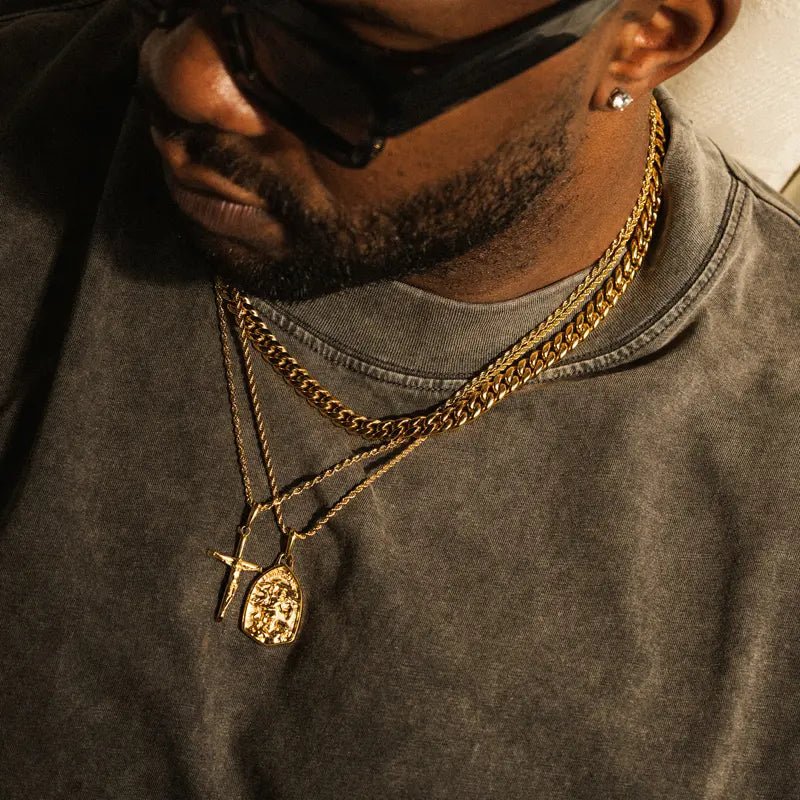







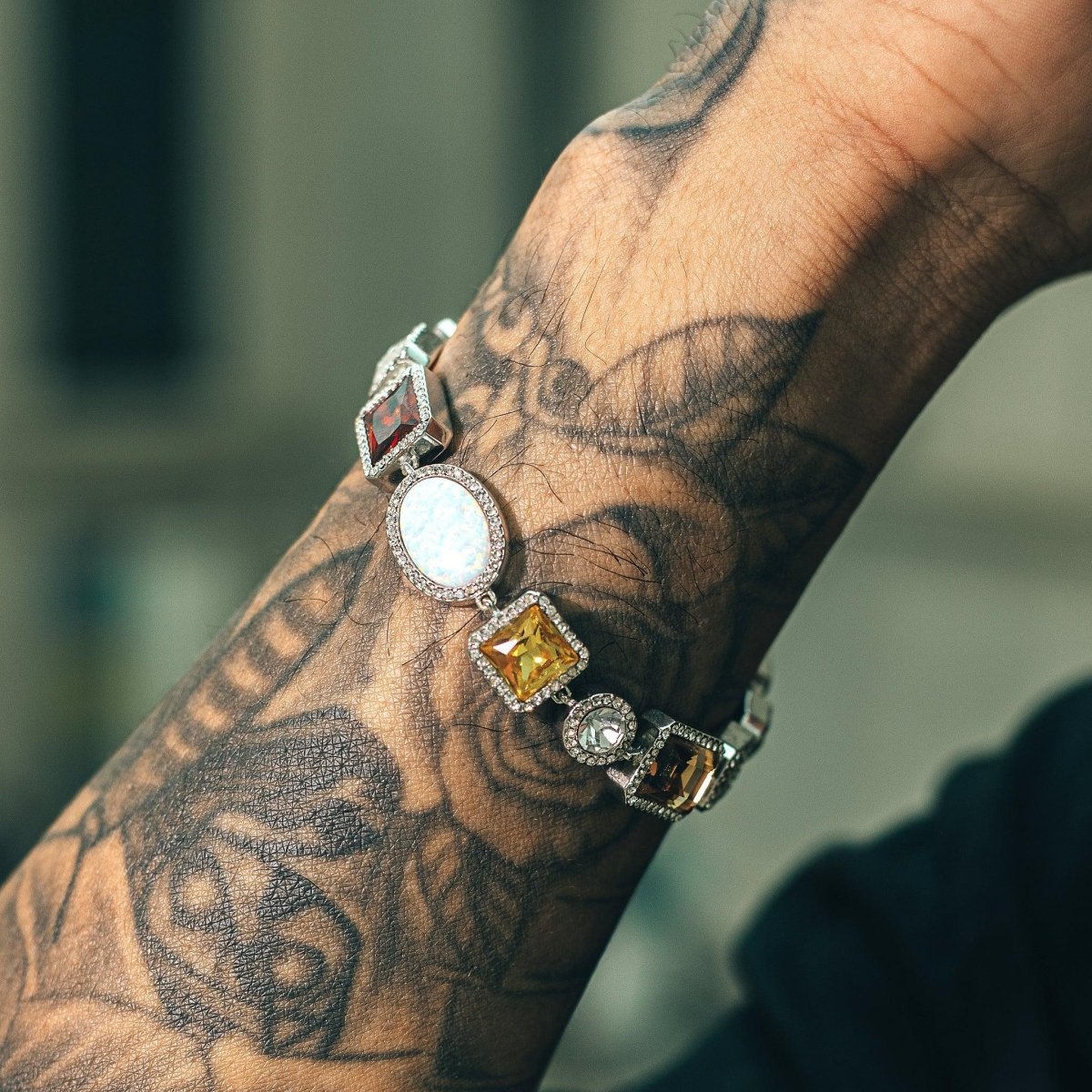
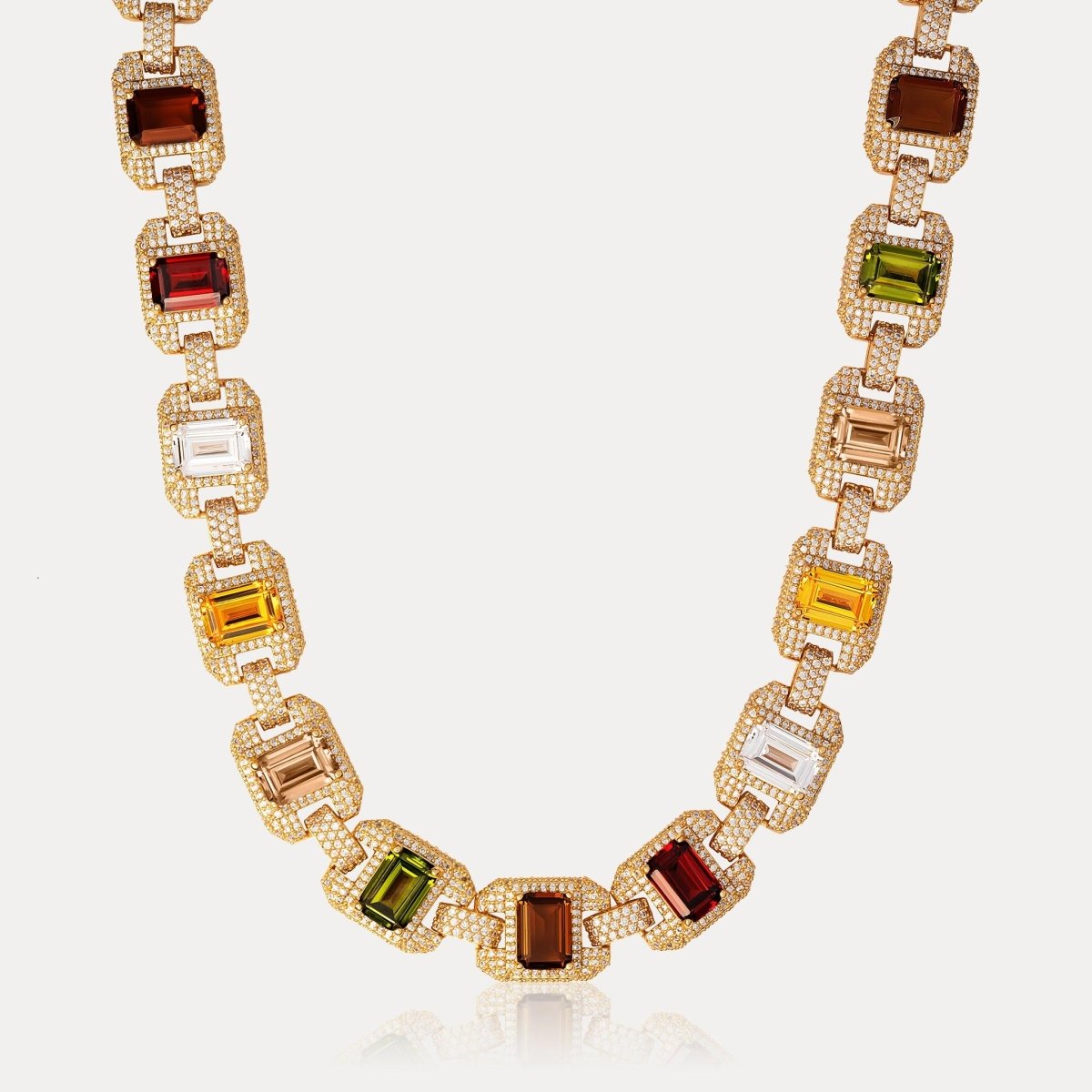



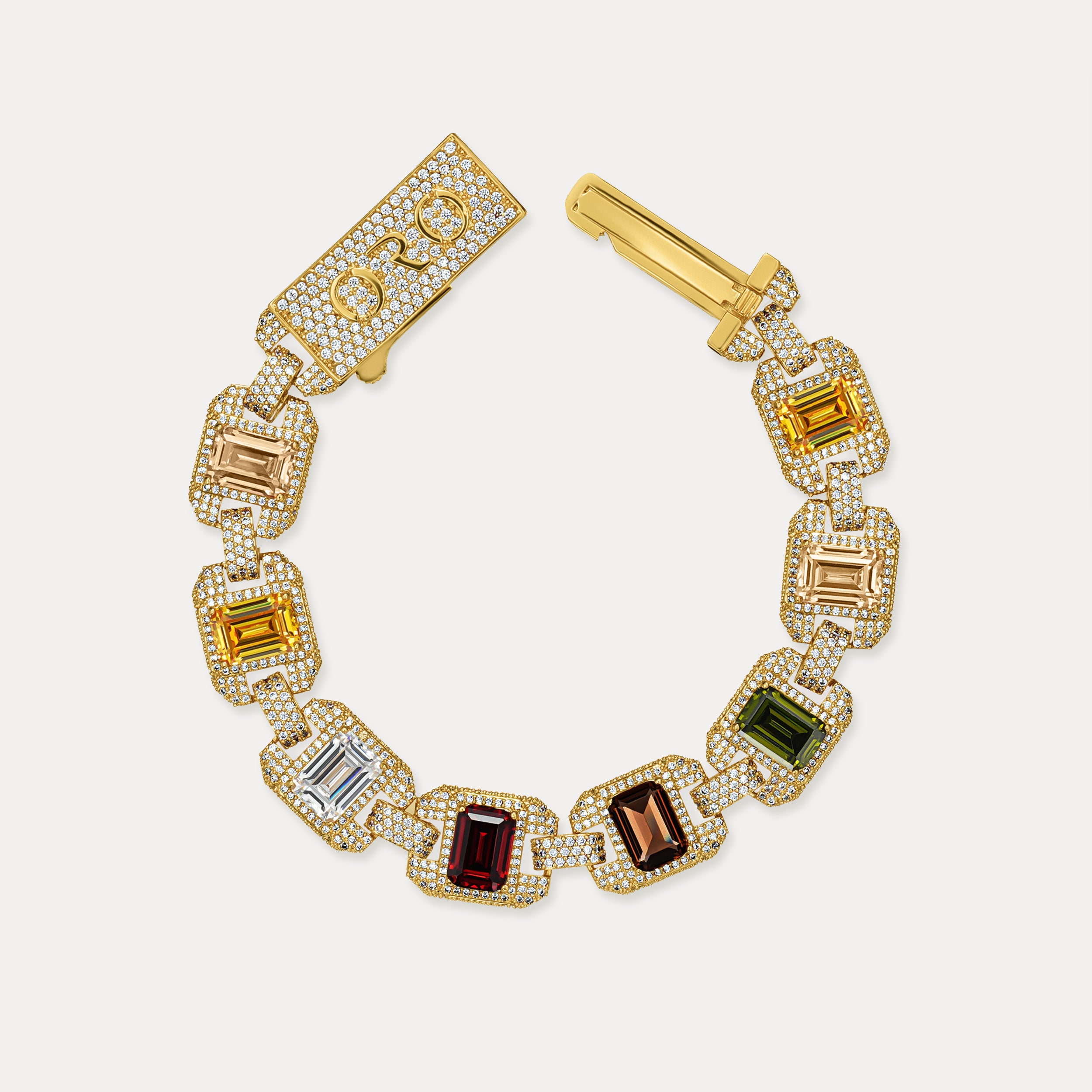
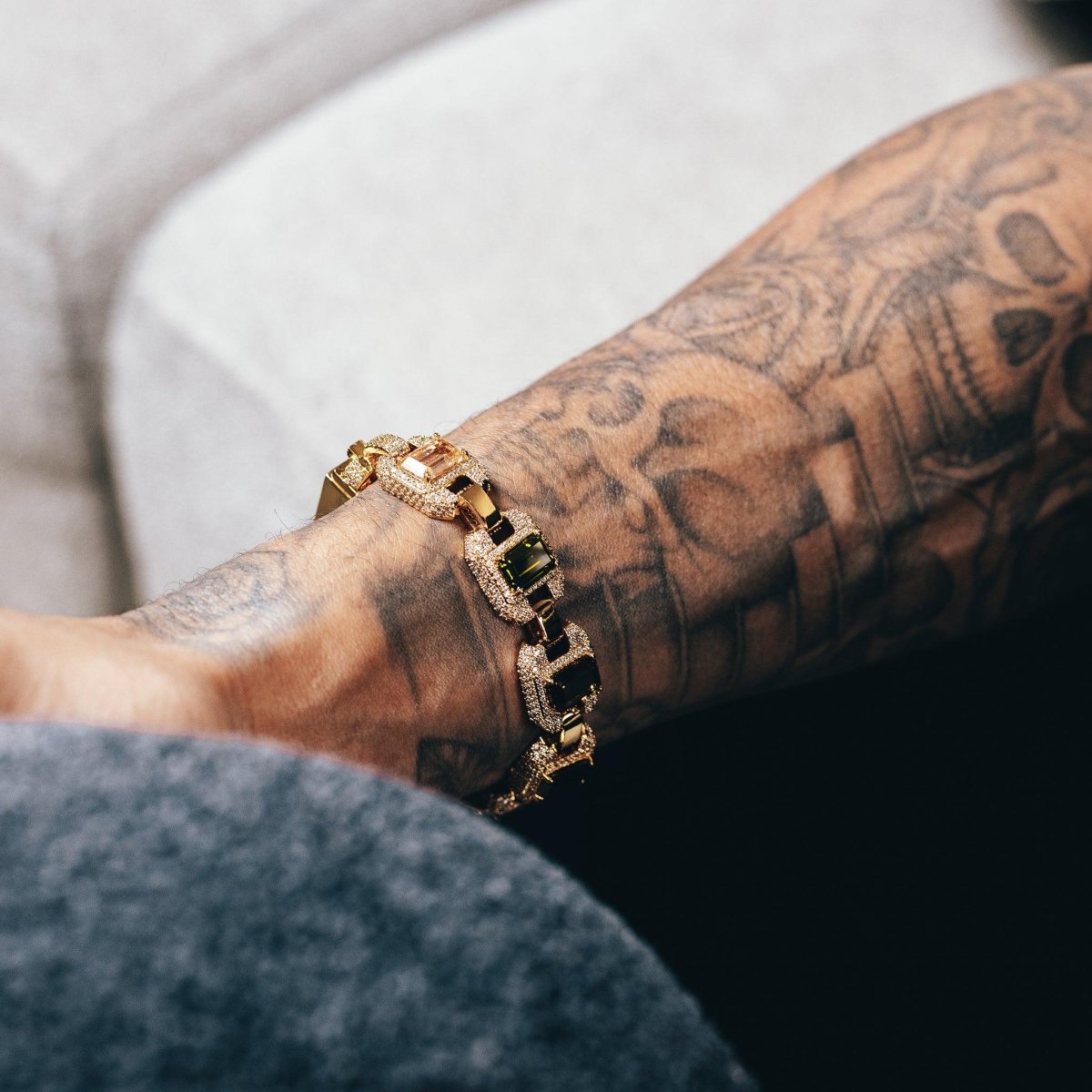











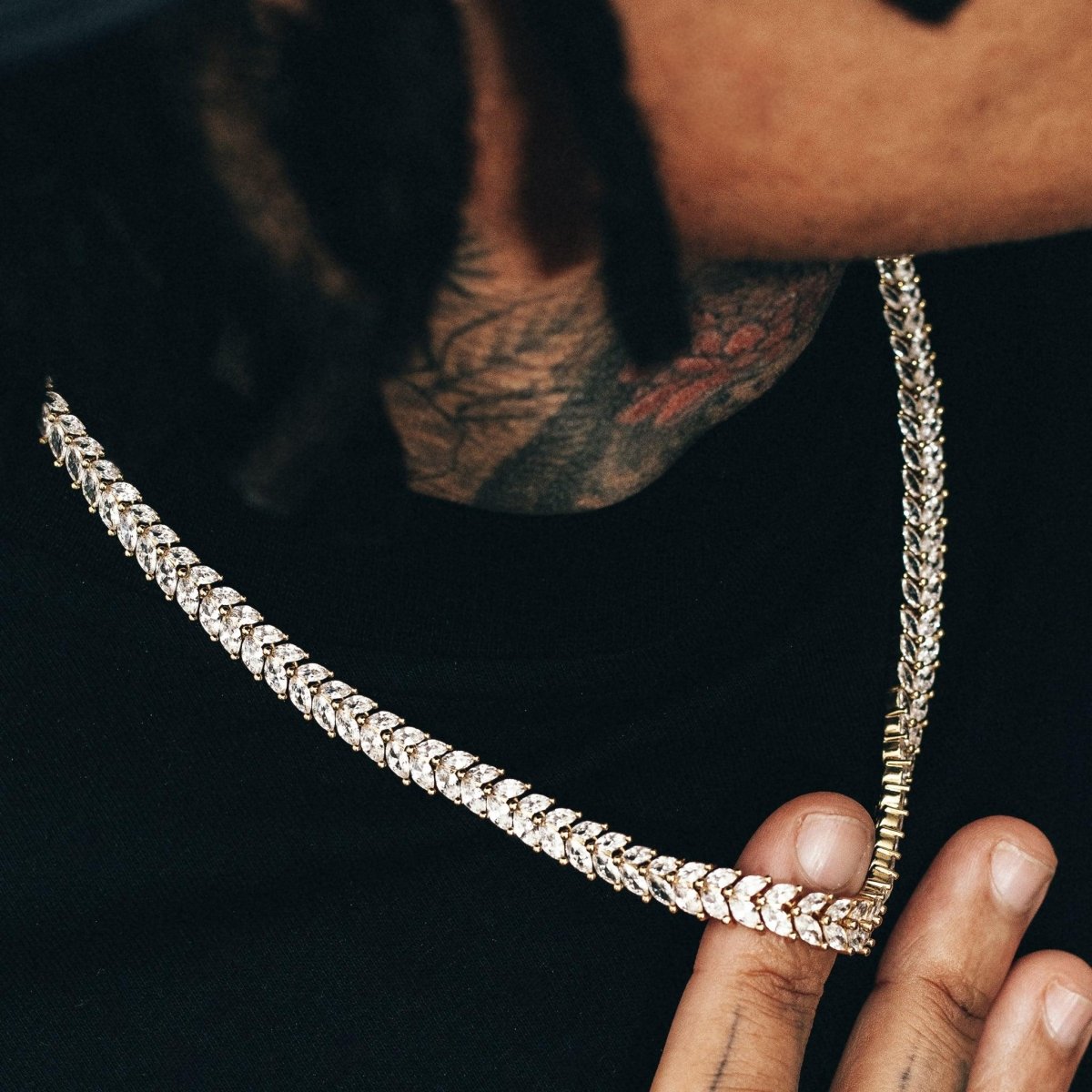






Leave a comment
This site is protected by hCaptcha and the hCaptcha Privacy Policy and Terms of Service apply.